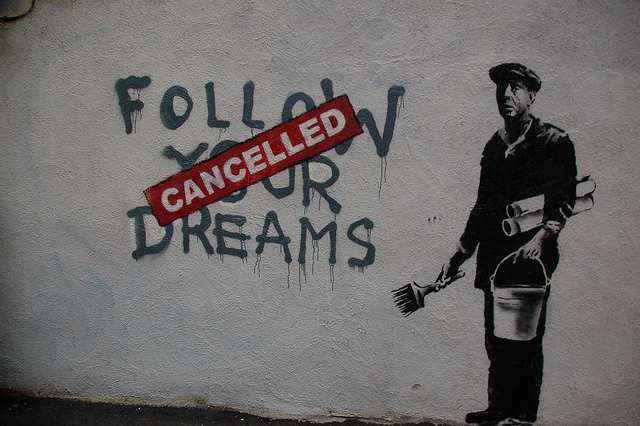
Ways Ed Tech Has Failed .. And What We Can Learn From It
Saturday, April 8, 2017

When I view the seemingly insurmountable challenge of improving education through innovative ideas, I can get swallowed up by the complexity of the issues. On one hand, we have students, to whom we have an social, ethical, and legal obligation to educate. On the other hand, we have an intricate system of education that is empowered to educate these students. Sometimes (many times) these two hands don’t meet up in a nice, cordial handshake. Building solutions that help these two hands meet in agreement has always been challenging, and now seems to have added layers of complexity as we weave in the solutions that educational technology can provide.
If one uses the word solution, then one must understand the problem they are addressing. But pinpointing the problem is never easy. This was never clearer than in the Los Angeles Unified School District’s rollout of its iPad program. What surprised people most after its $1.3 billion collapse was how unclear the proposal was at the get-go.
Los Angeles is a classic case of a school district getting caught up in the ed tech frenzy without fully thinking through why technology is important in the first place.
Without giving specific examples and evidence of how iPads would affect outcomes, it’s no surprise the program failed (or at best sputtered off into a piecemeal solution for some classrooms). Design thinking would have served district administrators well as they grappled with the issues their district was facing.
Districts are starting with the technology and not asking themselves: "What problem are we trying to solve, and what’s the instructional model we need to solve it?" and then finding technology in service of that.
Ideating, iterating, and prototyping would have served this team well. However, L.A. is not alone is their botched iPad program. Education funding is wasted across the US, in a variety of ways.
If folks could hold themselves accountable, they might create a plan that would include: involving teachers on technology planning and implementation, developing school-wide and district-wide strategies that incorporate long-term planning and goals, managing partnerships with ed tech companies, and ultimately looking at all solutions through the eyes of the students. When we remember that our end goal is education for all students, maintaining focus on that goal becomes more pronounced.
I hope that through some minor and major missteps, district administrators will be able to see that the best solutions come from diligent planning and from the end-users themselves (teachers and students). I imagine that in the short term future we will start to see more offices of Educational Technology be created (on the district and school level) to bridge these relationships between all interested constituents. In the meantime, it’s up to educators and administrators keep pressure on so that we are demanding high-quality, thoughtful, and practical technology tools for our students.